
|
Photo Gallery |
|
|
| Go to the Main Page of Higashiyama Zoo & Botanical Park |
|
The Animal trader, Shichigoro Namikoshi opened Namikoshi Educational Zoo in 1890 in Naka-ku, Nagoya. The zoo was relocated to the current site (Chikusa-ku, Nagoya) in 1937. Now 550 species of animals are in Higashiyama Zoo & Botanical Garden. |

|
| Hotel Reservation in Nagoya |
|
To visit Higashiyama Zoo & Botanical Garden, take a subway to Higashiyama Koen Station on Higashiyama Line of the Metro. The gate is only 3 minutes away from the station. 
|
 Humboldt Penguin
Humboldt Penguin
|
 King Penguin
King Penguin
|

|

You can watch that the Rockhopper Penguins and the King Penguins are marching. |
 Their snack time is 2 o'clock.
Their snack time is 2 o'clock.
|
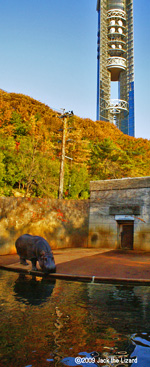
|
He spends most of the day in water. |
||
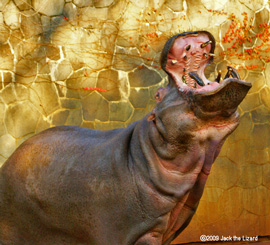
|
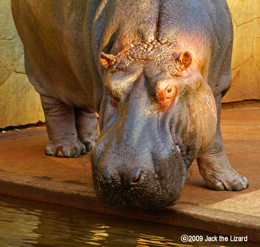
|
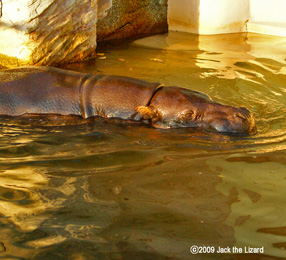
Pygmy hippopotamus |
|
Western Lowland Gorilla

|
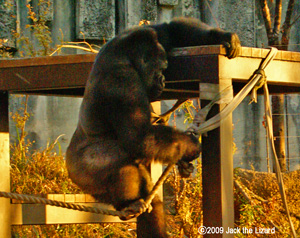
|

|
|
Male gorilla is Shabani, and female are Oki, Nene, and Ai. Shabani is a great tightrope walking performer. |
||
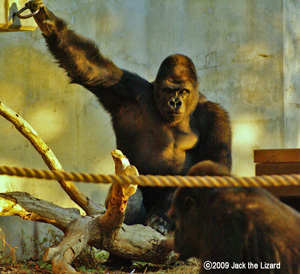
|

|

|
| Giraffe | Striped Hyena | ||
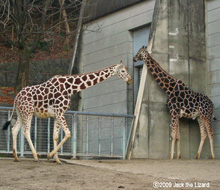
|

|
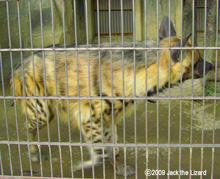
|

|
| Giraffe can run at 50 km/h (32 ml/h). |
Striped hyena lives in northern Africa, the Middle East and India. Unlike spotted hyena, the striped hyena is solitary. |
||
|
Chapman's Zebra
The Chapman's zebra live in South Africa. It has brown stripes between black stripes on the body and hips. |
 Honey Badger (Ratel) |
||
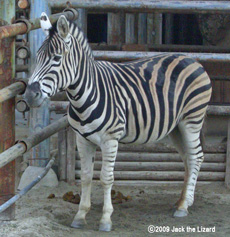 Monta
Monta
|
 Koshima, Saki and Nochi
Koshima, Saki and Nochi
|

|
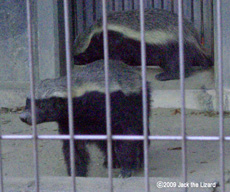
|
|
The honey badger is good at digging. He has made so many holes in this space and created extra jobs to his zookeepers. The wild badger lives in savannah in South Africa. The honey badger is immune to venom of the Cape Cobra. The favourite food is honey. |
|||
Five chimpanzees live here.
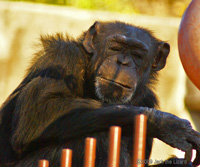
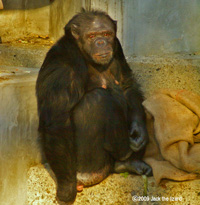
|
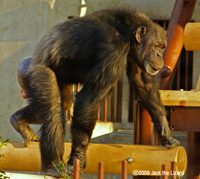
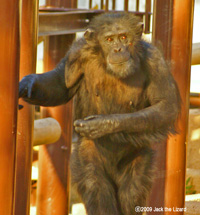
|

The chimpanzee tower is 11 meters tall. It seems that they do not care the height. |
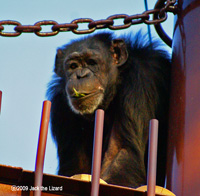

|
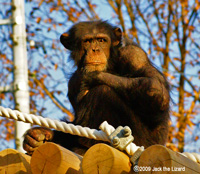
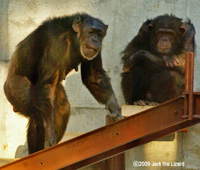
|
San the lion and On the lioness
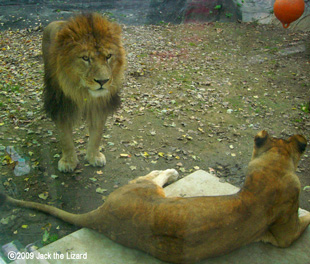
|

|
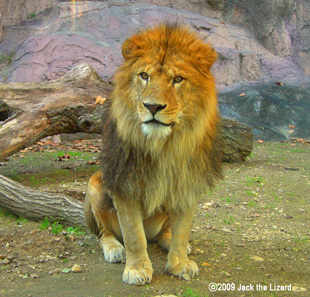
|

|
African savannah is their habitat. Lions usually live in groups, called prides. San was staring at a little girl at this time. |
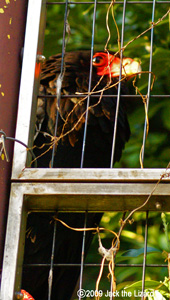
|
Bateleur The Bateleur lives in the savannah south of Sahara. 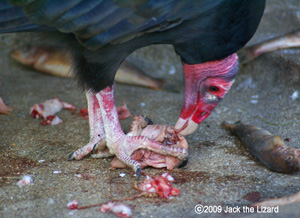
|
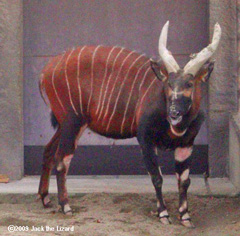
|
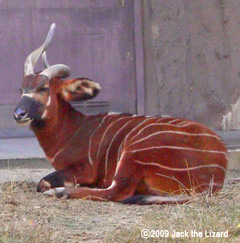
|
|
Bongo
Bongos live in deep tropical jungles in eastern, central and western Africa. They are very sensitive to unusual noise and the elusive animals disappear without making any noise. Yuri (left) and Abi (right) |
|||

|
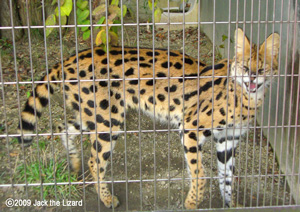
|

|
|
Serval Serval has great vision and hearing. It creeps up, and jumps onto the preys. |
Snack spots for human visitors. | |

|
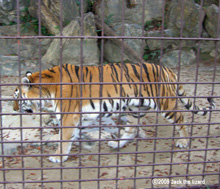
|
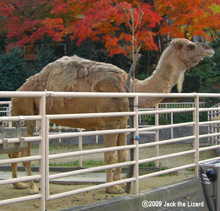
|

|
|
Siberian Tiger
The Siberian tiger lives from Siberia to northern and eastern China. The tiger is the biggest among all the tigers. |
Hamako the Arabian Camel

|
||

|

|
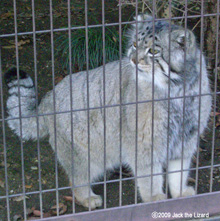
|
Lynx Lynx live in northern Asia, Europe and Canada. 
|
|
Pallas's Cat (Manul)
The Pallas's Cat lives in western China, Mongolia and Kashmir. Manul means small wildcat in Mongolian. The fur has long and thin hairs which help the cat walk on snow and ice in winter. The Pallas's Cats are like other wild cats, nocturnal. |
|||
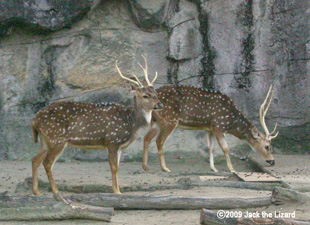 Axis Deer live in India and Sri Lanka.
Axis Deer live in India and Sri Lanka.
|
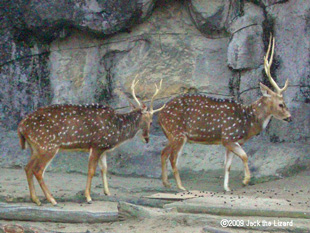
The male deer's horns fall every year. New horns grow with an extra branch. |

Sloth Bear lives in the forest of eastern India and Sri Lanka. |
|
Nirugiri the Indian Rhinoceros
The Wild Indian Rhinoceros is on the endangered species list. Higashiyama Zoo & Botanical Garden have had successful breeding of Indian Rhinoceros twice. |
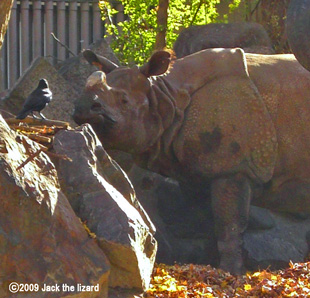
|
|
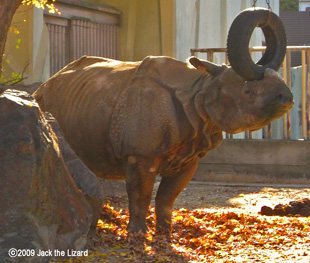
|
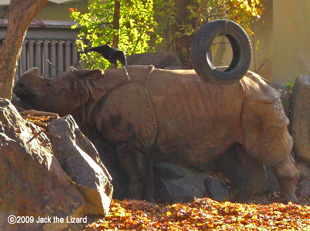
|
|
Indian Elephant
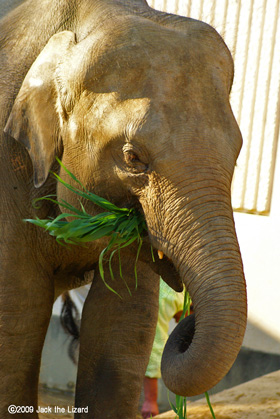
|
 Waldar
Waldar
|
 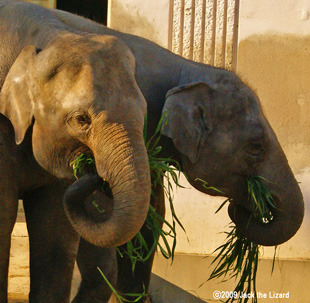 Anura and Kosara
Anura and Kosara
|
Sun Bear
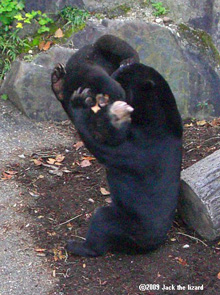
|

|
The Sun Bear lives in the rainforest in South East Asia. The bear is good climbing trees. The favourite food is fruits. It is nocturnal. |
|

|

|
||
| The big nails and long tongue are very useful to pick up ants and honey. | |||
Sumatran Orangutan

|
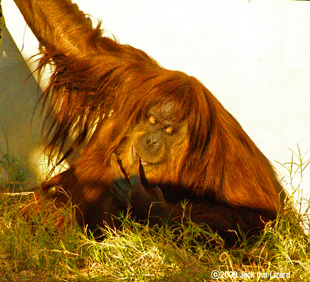
|
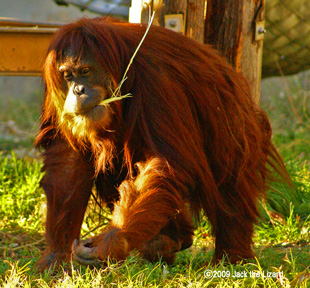
|

|
The California Sea Lion The California sea lion live on the pacific coast line in North America. Their main foods are squid, octopus and fish. |

|

|

|

|
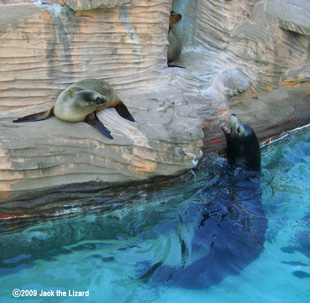 "Come on, this way."
"Come on, this way."
|

The little cub showed his effort trying to jump in water many times, but he could not do it finally that day. |

|
Raccoon

Raccoons live in southern Canada, U.S.A. and Central America. Unfortunately they are invasive species in Japan and causing problems with raccoon dogs. |

In fall, you can enjoy watching autumn leaf color of maple trees. |